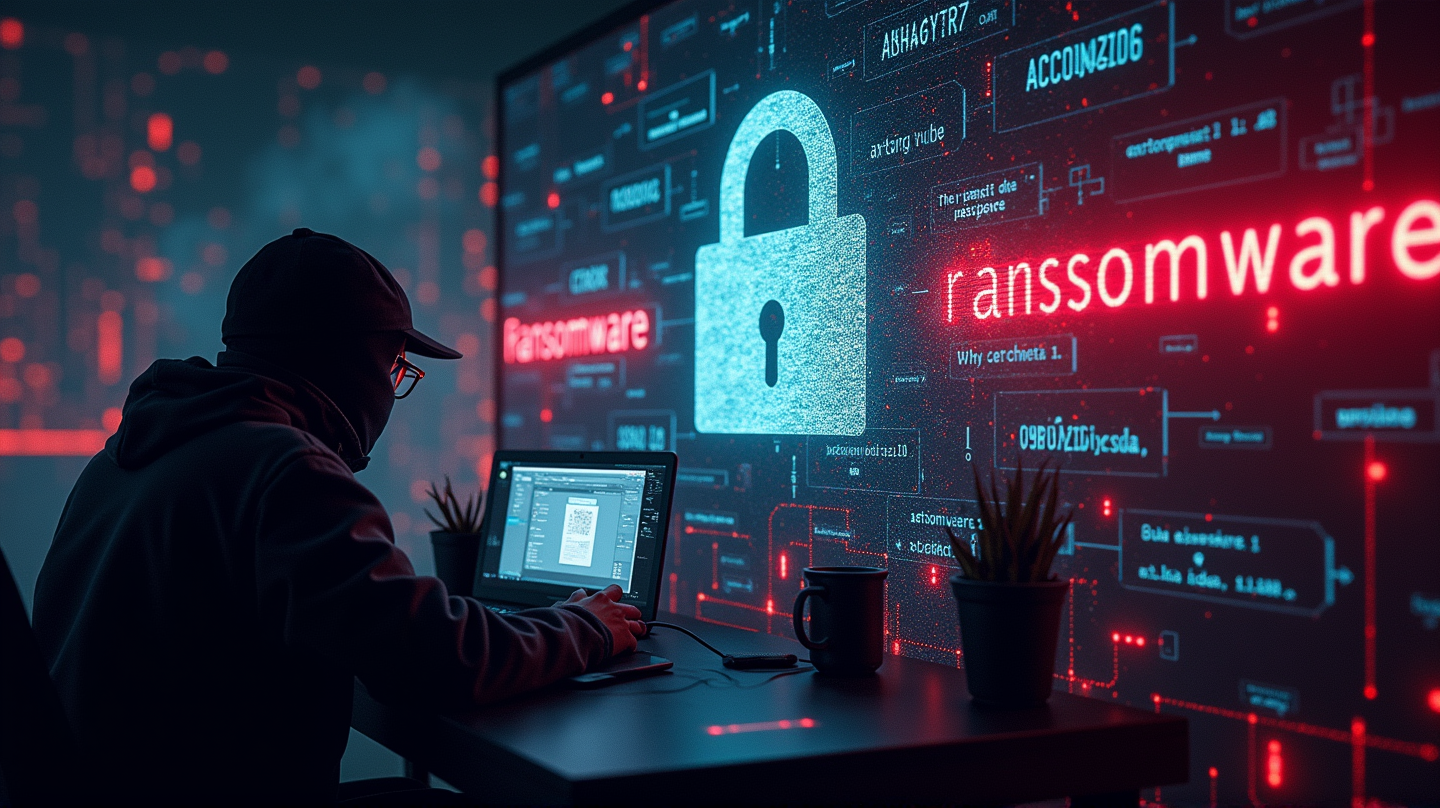A Gathering Storm: Introduction to Ransomware Trends
In the ever-evolving landscape of cyber threats, the emergence of Spectra ransomware marks a new chapter of challenges for industries worldwide. As noted by CYFIRMA’s Research and Advisory Team, the cyber landscape is seeing sophisticated trends in ransomware attacks that are reshaping the security protocols of organizations globally. Spectra, with its roots traced to the Chaos ransomware family, stands as a harbinger of chaos and destruction.
The Spectra Threat: Anatomy of the Attack
Spectra ransomware has captured the attention of cybersecurity experts with its stealthy and destructive nature. Upon infecting a system, Spectra encrypts files and leaves behind a chilling ransom note titled “SPECTRARANSOMWARE.txt”. The note warns victims with an urgent 72-hour ultimatum, demanding $5,000 in Bitcoin. If these demands are not met, the attackers vow to irreversibly delete and expose sensitive data, with further threats of additional cyber assaults.
Infiltration and Persistence: The Technical Blueprint
According to cyfirma, Spectra employs a multifaceted approach to maintain its foothold in compromised networks. Utilizing the MITRE ATT&CK framework, Spectra demonstrates a high level of sophistication through scheduled tasks, native APIs, and complex persistence mechanisms. It manipulates Windows systems by embedding itself in registry keys and employing bootkits to avoid detection, thus ensuring long-term control over infected systems.
The Ransomware’s Impact: A Broad Spectrum of Targeting
Spectra’s reach extends across various platforms, targeting sectors reliant on Windows systems. Its strategic use of Windows Management Instrumentation (WMI) calls exemplifies its ability to abuse legitimate tools for malicious purposes. From financial records to proprietary internal communications, no sensitive data is spared, leaving organizations scrambling to reinforce their defenses.
Insights and Relevance: Why Spectra Matters
Spectra isn’t just another strain in the cyber warfare arsenal. Its attack vectors and TTPs (Tactics, Techniques, and Procedures) have been meticulously crafted to target Windows users specifically, underscoring the urgent need for heightened vigilance. Its ability to evade detection through extended sleep intervals places it a step ahead, often encrypting vital data before threat detection software can respond.
Strategic Recommendations for Organizations
To combat the pervasive threat posed by Spectra ransomware, organizations must implement a multi-layered security strategy. This includes robust backup systems insulated from network access, stringent access controls, and rigorous employee training programs in cybersecurity best practices. Moreover, continuous monitoring and real-time threat detection are paramount in preemptive defense against such pervasive dangers.
The Future Landscape: Evolving Threats
Looking ahead, the evolution of ransomware like Spectra suggests a future where cyber threats are not only more potent but also harder to detect and deter. Industries must prepare for this eventuality by adopting agile security measures that incorporate advanced detection algorithms capable of identifying and neutralizing the threat before it manifests into tangible harm.
The rise of Spectra serves as a stark reminder of the dynamic nature of cyber threats, and the imperative for organizations to bolster their defenses in this relentless digital age.
